Cruising timber is a critical tool in forest management, informing an entire forestry company about its inventory. In this article, three foresters explain how cruising works and why it’s so important.
What happens on a timber cruise, and why is it important in forest management?
A timber cruise is an essential tool used by foresters to determine the value of a specific area of land, including the trees.
To learn more about how this process works, we talked to three Rayonier employees, including Florida Resource Unit Leader Rick Piagno, Timber Marketing Manager Rusty Cobb and Resource Land Manager Kyle Purvis.
WHAT EXACTLY IS A TIMBER CRUISE?
“At a basic level, timber cruising involves collecting information like tree measurements on specific plots,” says Rick, who’s based in Hastings, Florida. “This allows the company to calculate how much monetary value we have in the trees and land.”
That information is critical to the company’s budgeting and planning, but it has to be obtained in a way that makes sense financially.
“We can’t measure every single tree. That’s just not possible, and it would be way too costly even if we could do it,” adds Rusty, who’s based in Yulee, Florida. “We take a statistical sample instead, collect the data, and run that through some analysis software that gives us a good estimate for how much volume of wood is out there in a particular stand.”
A stand is a community of trees that are uniform in age, species and condition.
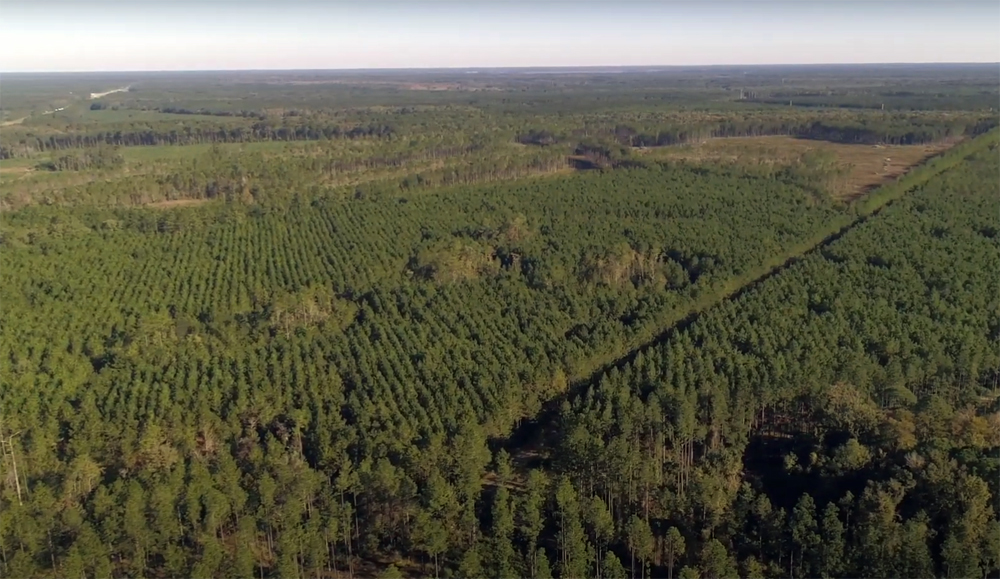
The First Type of Cruise is Called Timber Cruising
Rick says there are two types of cruising: “The first I’ll refer to as timber cruising, which is primarily used prior to harvesting a stand or group of stands.”
“With this type of cruise, we measure tree diameters and heights, then class each tree as to the product it will likely be merchandised as—such as pulpwood, sawtimber, etc.”
Pulpwood trees have a smaller diameter than the larger sawtimber trees. They’re used in everyday products like paper, the LCD screen on your phone, bath products like lotions and soaps, diapers, and thousands of other products. You can learn more about why it’s in so many products in our #ItStartsWithTrees article series.
Sawtimber logs have a larger diameter with few flaws. They provide the wood used for planks, boards and other lumber used in building houses, fences, furniture and other wood products.
Once the tree diameters and heights are recorded and classifications are determined, Rick says, “this information is first used to estimate the volume of timber in each product class, then used to value the timber.”
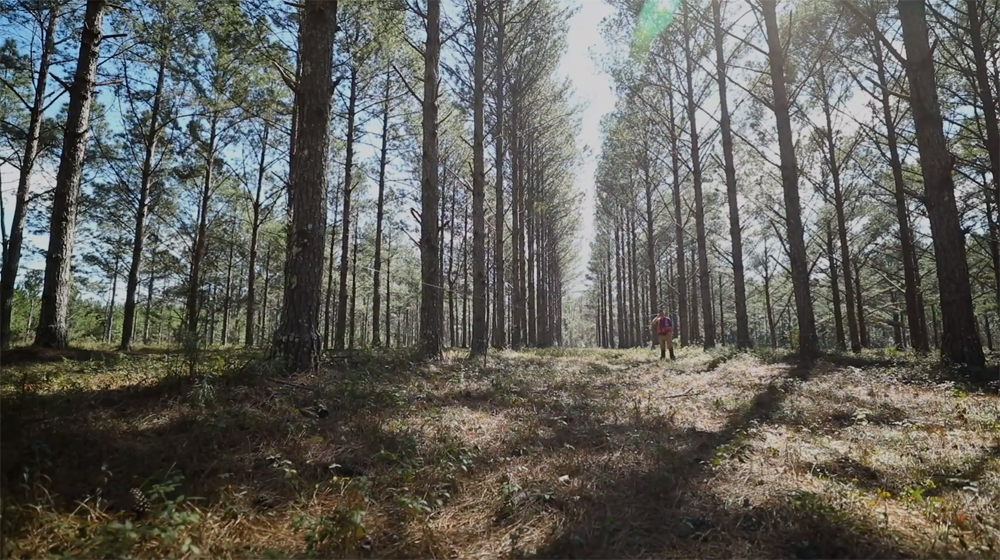
The Second Type of Cruise is Called Inventory Cruising.
“Inventory Cruising is generally done at specific ages in a stand’s life. This information is used and maintained in our system so we understand what volume is available at any point in time—primarily in the future.”
Rick likens it to a store owner inventorying their merchandise so they know how much of each item they have in stock.
Rusty adds that an inventory timber cruise plays an important role in planning for the future. The data is entered into growth and yield models to project what the forests’ wood supply will be in years to come, when the trees reach maturity.
He says inventory cruising is also done close to harvest time.
“That way we know real accurately what to expect for pricing” when the trees are harvested and weighed, he explains. “That’s how we budget each year, based on those cruises.”
He demonstrates an inventory cruise in the video below:
WHAT HAPPENS ON A TIMBER CRUISE?
Both types of cruises are completed in a similar manner.
Rayonier’s Land Information Services, or LIS, team determines where information is needed in order to predict the current and future value of a specific stand of trees. The team enters the coordinates they need information about into a software system that the foresters will have access to in the field.
“Basically, a pre-established grid is laid out over a stand of timber,” Rick explains. “The cruiser walks through the woods on a certain bearing for a specific distance, then stops and measures a plot. Where they stop is called the plot center. The plot is a small subsample of the timber near the center.”
What Types of Tools are Used on a Timber Cruise?
Several different methods can be used to complete a cruise depending on the type of cruising and information needed, but the most common are variable plots, fixed area plots, and rectangle plots.
The tools foresters typically use to complete the measurements include:
Prism – While a forester stands at the plot center, this tool is used to determine which trees should be measured and which should not. If the view of a tree’s trunk within the prism touches the view of the trunk outside the prism, it should be measured.
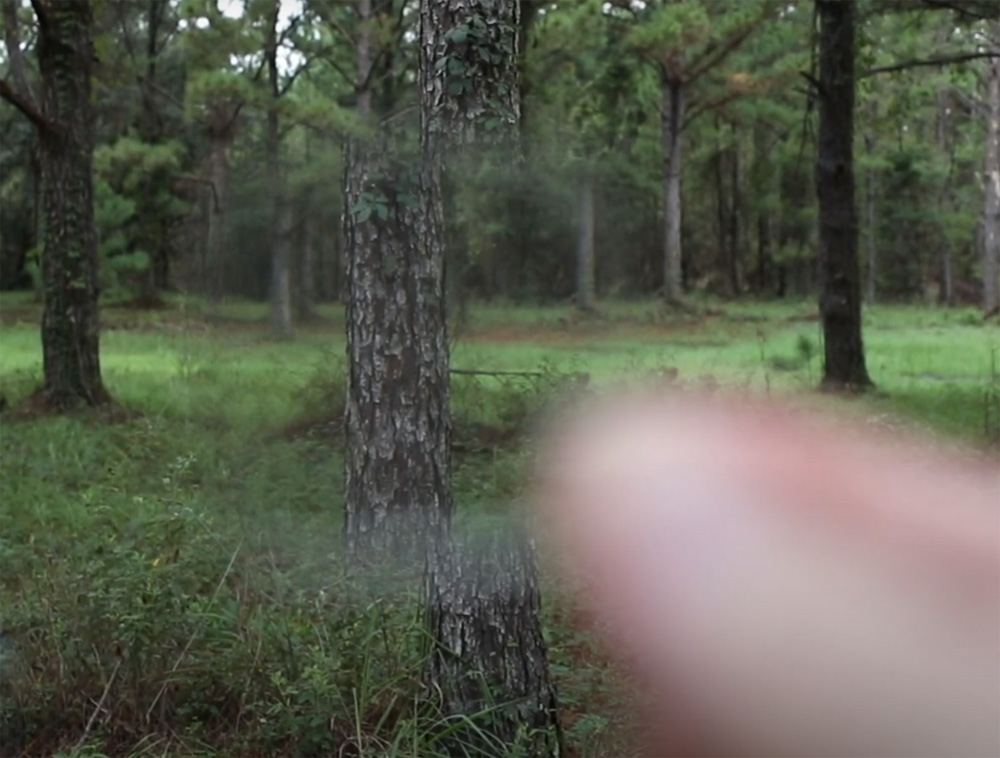
Diameter Tape – This specially-calibrated tape is stretched around the tree trunk at a height of 4 1/2 feet, also known as Diameter at Breast Height, or DBH. This measurement can be entered into a formular to also determine the cross sectional area of the tree, which is called the Basal Area. This helps determine both the size of the trees and the density of the stand (in other words, whether the trees are crowded or well-spaced).
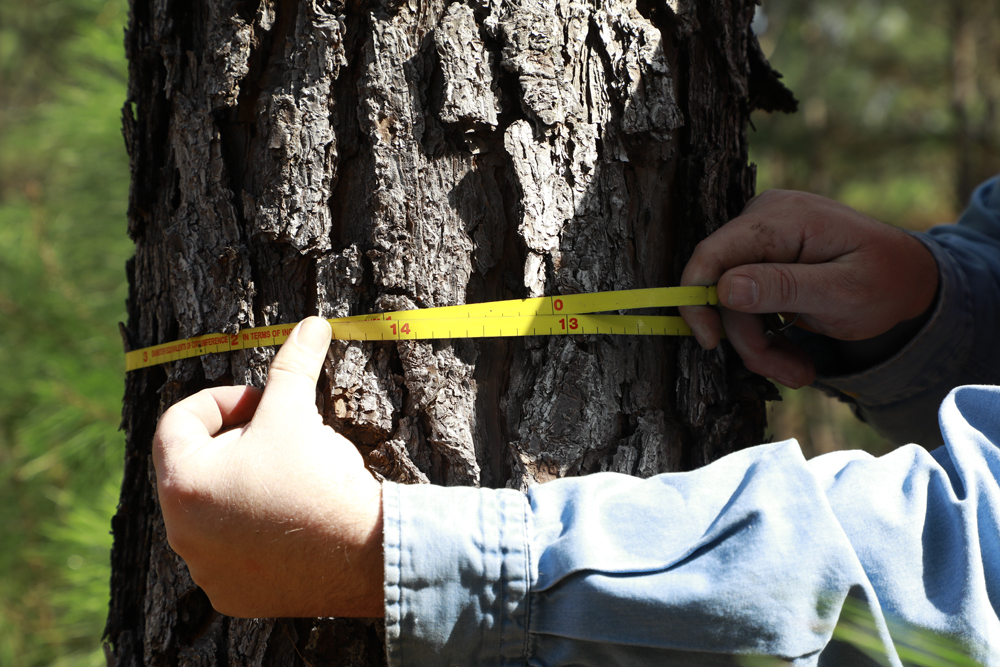
Measuring tree diameter during a timber cruise. Notice that the numbers are different from a traditional tape measure, because it measures diameter rather than circumference.
Clinometer, Hypsometer or Biltmore Stick – All three of these tools can be used for the same purpose: to measure tree height without having to leave the ground. A forester will stand away from the tree at a specific distance, look through to the top of the tree using the tool, and read the height.
- A clinometer contains an ocular gauge with numbers inside to help the forester calculate height using basic trigonometry
- A hypsometer is like a clinometer, but it also incorporates a laser to further ensure accuracy.
- A Biltmore Stick looks like a yardstick, but is calibrated to calculate height.
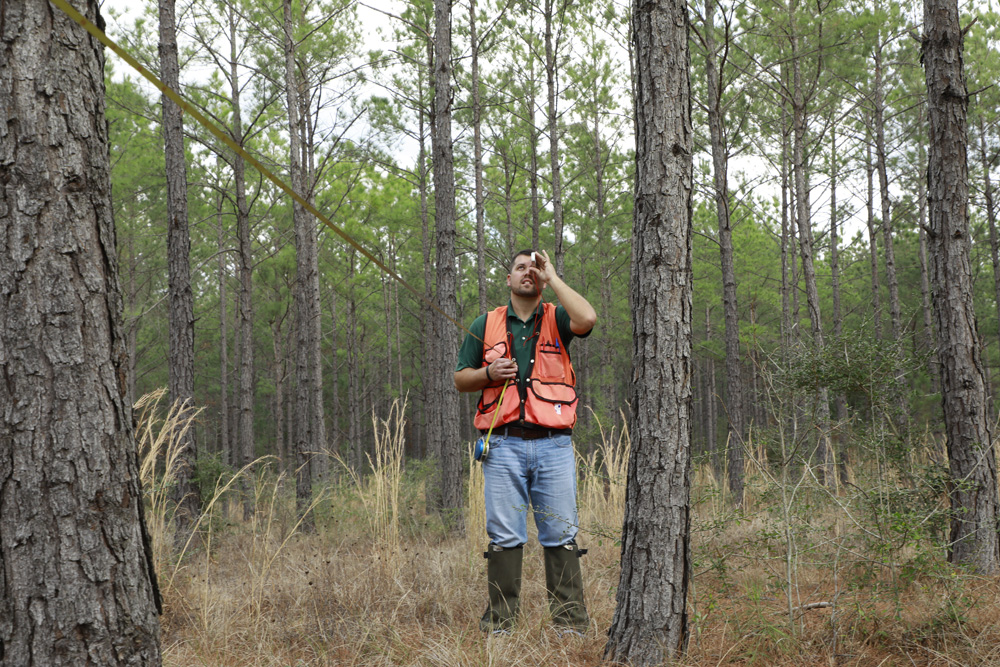
Data Recorder or Tablet – A handheld computer allows foresters to enter their measurements into Rayonier’s company-wide mapping system as they take them.
Kyle, who’s based in Lufkin, Texas, explains, “The tablet is probably the most important tool we have. It’s an important data recorder that lets us input all of our values” and update the company’s systems with the new information instantly.
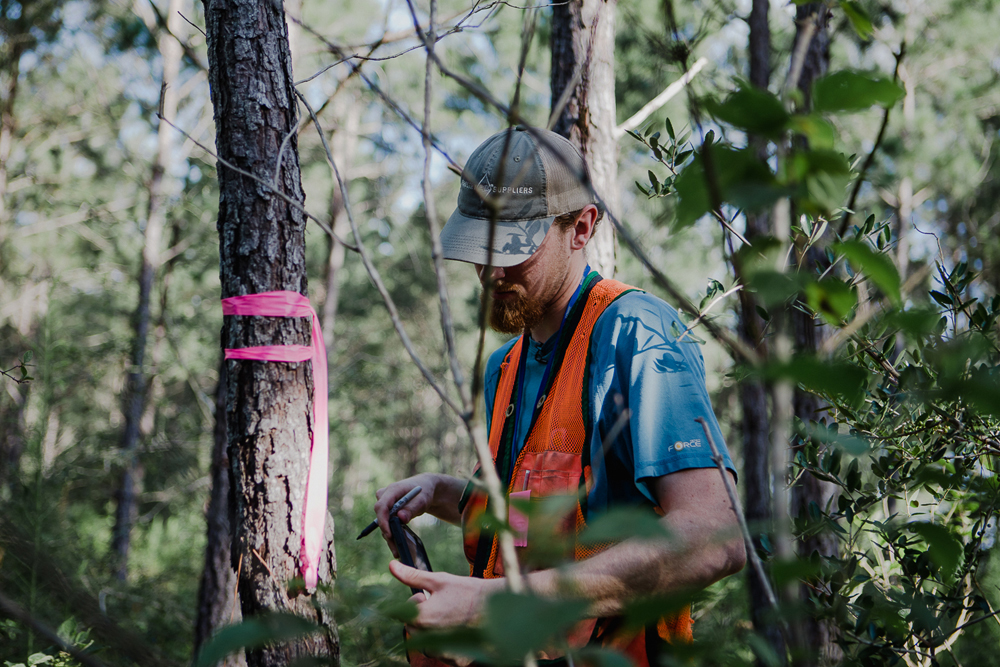
Kyle enters data into his tablet after measuring a tree in a specific plot.
Rayonier uses either employees or contractors to complete the work depending upon the scope of the project and location, and the time it takes depends upon the size of the stand and conditions in the woods.
WHAT ARE THE BENEFITS OF TIMBER CRUISING?
“Cruising timber is really important to the company,” says Kyle. “It basically lets the company know what they have.
“It also lets them know if there’s anything wrong with the stand, any bug spots or maybe a small fire broke out. So it serves multiple purposes.”
Foresters also look for signs of important animal habitats, such as the Red Hills Salamander habitat on our Alabama land, a gopher tortoise burrow on our Florida land, a Northern Spotted Owl habitat on our Pacific Northwest land or kiwi in New Zealand. If a habitat is found, the forester marks that location on the tablet to ensure the habitat will not be disturbed during forestry operations.
“Anything that we could pose a threat to, we definitely want to protect and make it known that that area has something that we’re trying to protect,” Kyle says.





Join the Conversation
Interesting could see myself working with rayonier
It’s interesting to know that there’s such a thing called timber cruising where a group of professionals would check each tree and class it as to the product it would be merchandised. My friend, Jerald, recently bought an 80-hectare land that he plans to turn into a timber farm. I’ll share this with him and encourage he hires a timber management service.
Hey Levi! The way cruising works, they don’t have to measure every single tree. Instead, they take measurements of specific trees within a certain plot and use a scientific equation to determine the volume of the entire stand. They have found the results to be very accurate!
This is a career I am getting into and have really enjoyed your companies post on these certain topics. I am a senior studying business management in college and will be starting my career in this in May! Great Post!
Wow, that’s fantastic, Britt! Glad this content is helping you learn and prepare for what’s ahead. Good luck with your career!
It was nice when you said that the information about the trees’ diameters and heights are used to estimate the value of timber in each product class. My father mentioned that he wanted one of his properties to be a good source of timber for his needs in the future. I will share this with him so he can consider hiring a forestry consultant that could help him understand the process of harvesting timber.